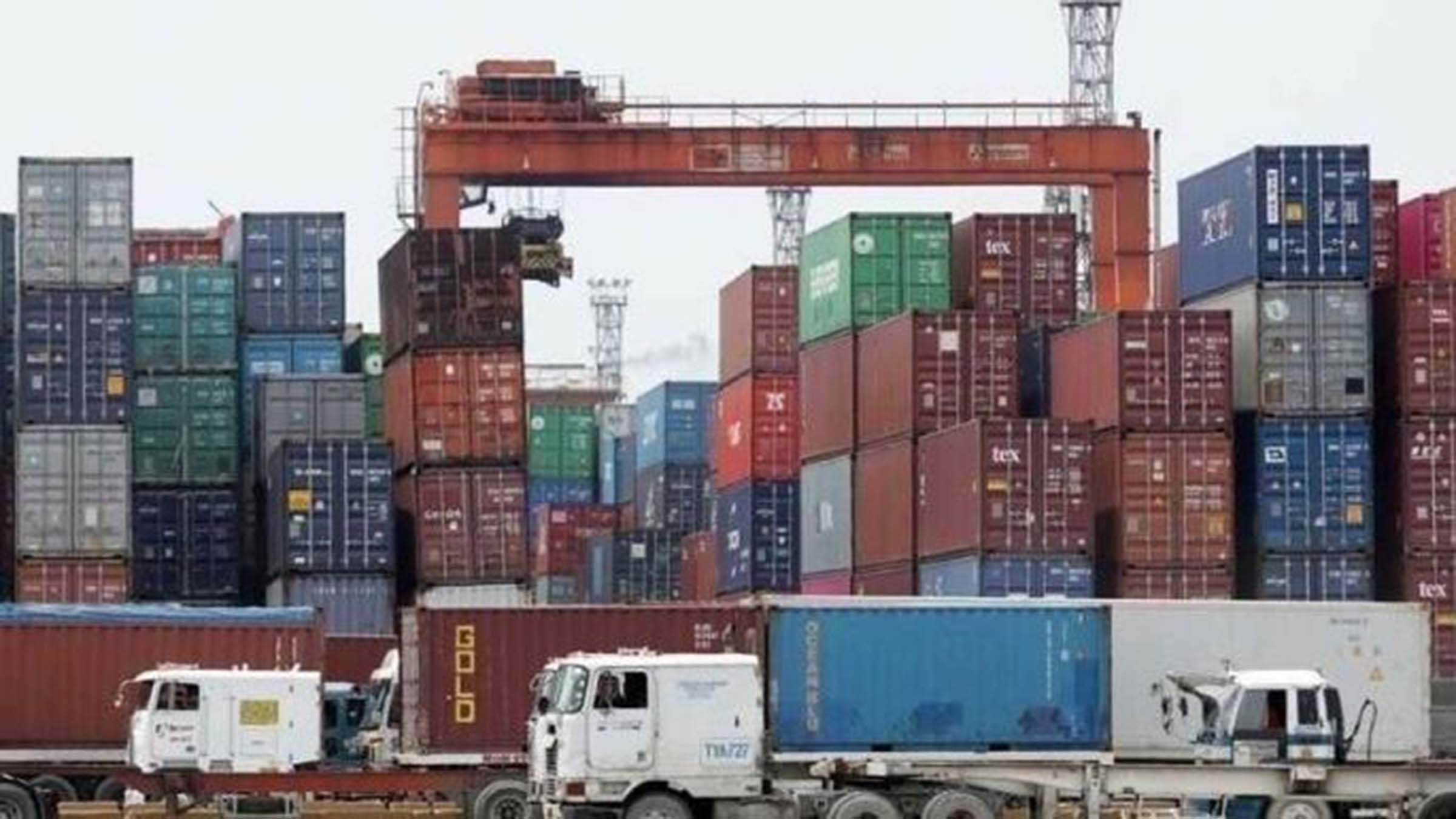Trade gap widens to $5.7 billion in May reflecting higher prices of imported goods, principally oil, which the Philippine Statistics Authority said is the highest in five months or since the 39.1 percent growth in December 2021 (due to the Christmas season).
Because of larger imports of 31.4 percent annually to $11.989 billion, the trade deficit worsened to $5.7 billion in May reflecting higher prices of imported goods, principally oil.
The Philippine Statistics Authority said this was faster than the upward revision of 29.4 percent in April but eased from the 55.8 percent growth in May 2021.
The PSA said May’s import growth was the highest in five months or since the 39.1 percent growth in December 2021 (due to the Christmas season). It also marked the 15th straight month of double-digit growth.
Exports, however, jumped by 6.2 percent year on year to $6.310 billion in May, steady from April’s upwardly revised 6.2% but lower than 30.8% in May last year.
Balance of trade deficit is $5.679-B
The balance of trade in goods — the difference between exports and imports — stood at a record monthly deficit of $5.679- billion in May. It was wider than the $3.180-billion gap a year ago and the revised $5.349-billion deficit in April.
Total trade or the sum of exports and imports leapt by 21.5 percent to $18.299 billion. The pace of growth was a tad higher than the 20.3 percent in April, but lower than 44.9 percent in the same month last year, the PSA said.
In the five months to May, imports grew by 29 percent year on year to $56.796 billion. The growth rate was well-above the economic managers’ upwardly revised 18 percent target for 2022, Business World said.
Exports rose by 8.4 percent to $31.874 billion, also above the 7 percent growth target set by the interagency Development Budget Coordination Committee (DBCC) for this year.
Year to date, the trade balance ballooned to a $24.922-billion deficit from $14.623-billion trade gap a year ago.
Modest export
“Export growth stayed modest as global trade slows on recession fears,” ING Bank N.V. Manila Senior Economist Nicholas Antonio T. Mapa said.
Outbound shipments of manufactured goods, which accounted for more than three-fourths of total exports in May, inched up by 1.8 percent year on year to $4.974 billion.
Electronic products, which comprised nearly 70 percent of manufactured goods and more than half of total exports in May, increased by 1.3 percent to $3.472 billion. More than three-fourths of electronic products sales came from semiconductors, which rose by 6.5 percent to $2.699 billion.
Meanwhile, imports of raw materials and intermediate goods jumped by 24.1 percent year on year to $4.611 billion in May. It accounted for nearly 40 percent of the total import bill for that month.
In May, orders of capital and consumer goods amounted to $3.356 billion (up 21.8 percent) and $1.704 billion (up 6.6 percent), respectively.
Mapa said strong demand for raw materials and capital goods also contributed to the import growth as the economy continues to reopen.
High oil prices
UnionBank of the Philippines, Inc. Chief Economist Ruben Carlo O. Asuncion said that elevated global oil prices caused the wider trade deficit in May.
PSA data showed imports of mineral fuels, lubricants and related materials more than doubled to $2.257 billion in May from $986.806 million in the same month a year ago.
Crude oil prices continued to soar in May amid supply concerns and the prolonged Russia-Ukraine war. Russia is the world’s second-largest producer of crude oil.
The Philippines is particularly vulnerable to oil price volatility as it is a net importer of oil.
“High oil prices will keep the trade balance in deep deficit for some time and fan inflationary pressures in the months to come. A wide trade deficit points to a weaker currency in the near term,” Mapa said.
Asuncion noted that inflation pass-through may be affecting inputs, and final prices.
“However, please note that the economy is still reopening and that we are not in parallel with advanced countries in terms of the level of economic recovery from the pandemic,” he added.
“Manufacturers may be trying to protect markets as demand recovers and could not really afford to raise prices at this point.”
Inflation
Inflation climbed by 6.1 percent in June, amid higher food and transport costs. It was the quickest pace since the 6.9 percent print in October 2018.
This brought the headline inflation rate in the first semester to 4.4%, breaching the Bangko Sentral ng Pilipinas’ 2-4 percent target but still below the revised 5 percent forecast for the year.
“Although the Philippines may not face an outright recession, we do see scope for growth momentum to slow considerably in the second half of the year,” Mapa said.
The United States was still the top destination of locally made products in May with receipts amounting to $940.092 million, representing 14.9 percent of the total.
Exports to Japan reached $900.464 million (14.3 percent), while exports to Hong Kong stood at $896.023 million (14.2 percent).
China was the country’s main source of imports, which amounted to $2.431 billion (or 20.3 percent share), followed by South Korea ($1.211 billion or 10.1 percent) and Japan ($1.043 billion or 8.7 percent).
“Global oil prices are expected to somewhat ease and inflation may be reaching its peak already. I could imagine almost the same June trade data results (compared with May). The trade deficit may be steady at around $5 billion,” Asuncion said.
Tags: #PSA, #tradedeficitwidens, #May, #trade
